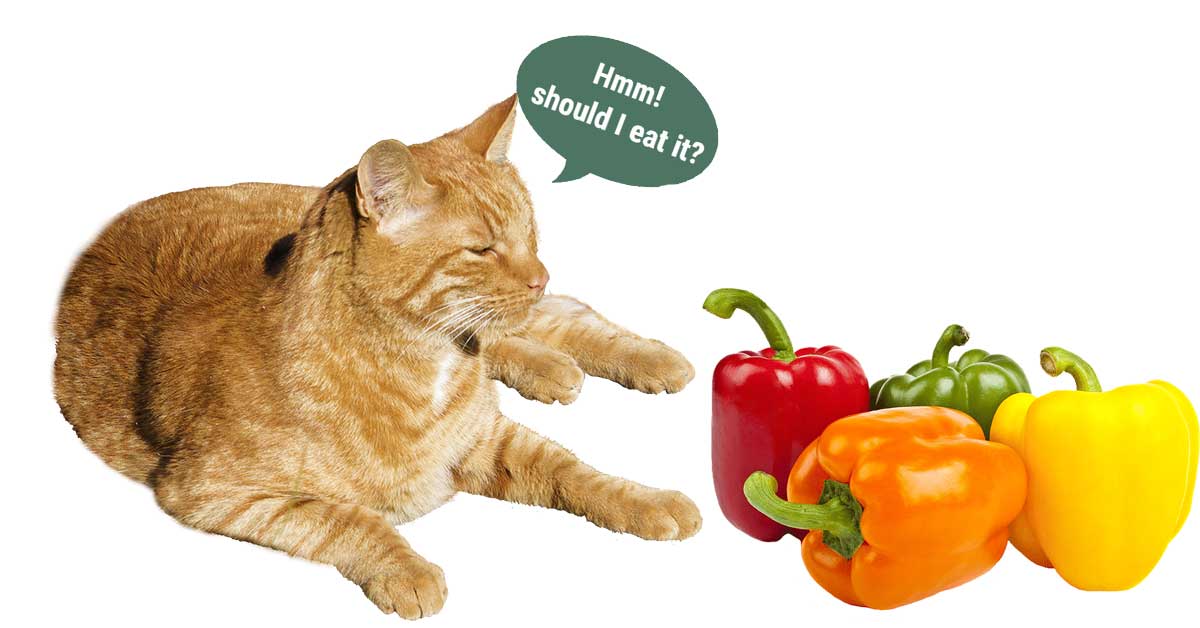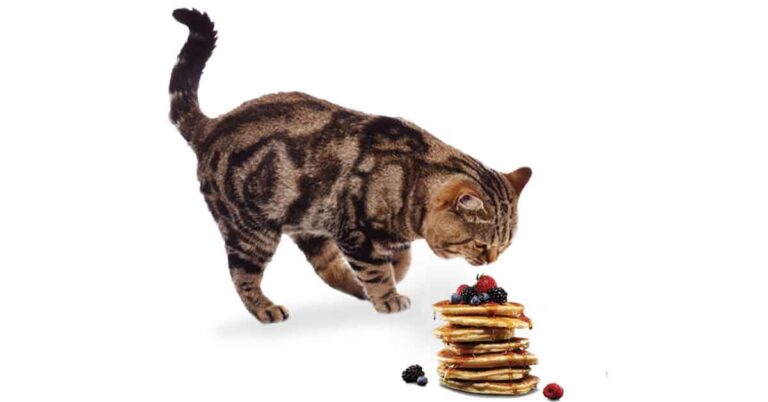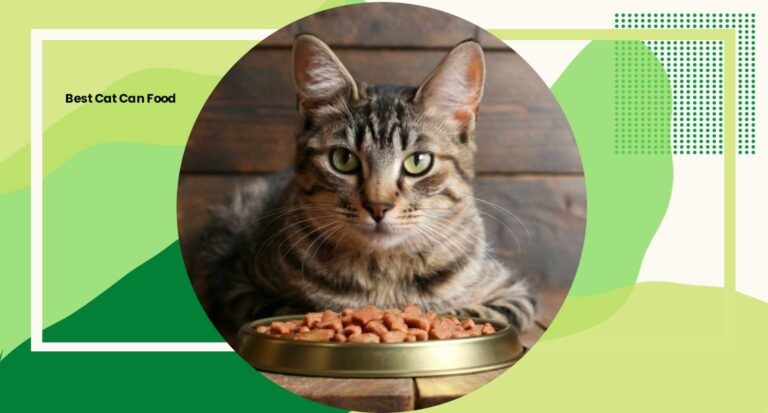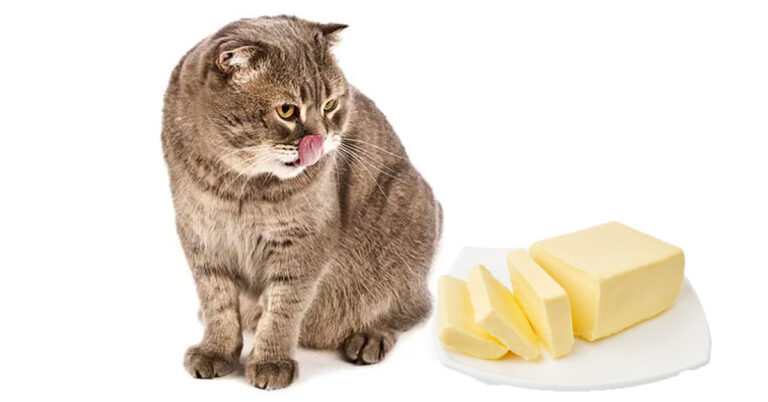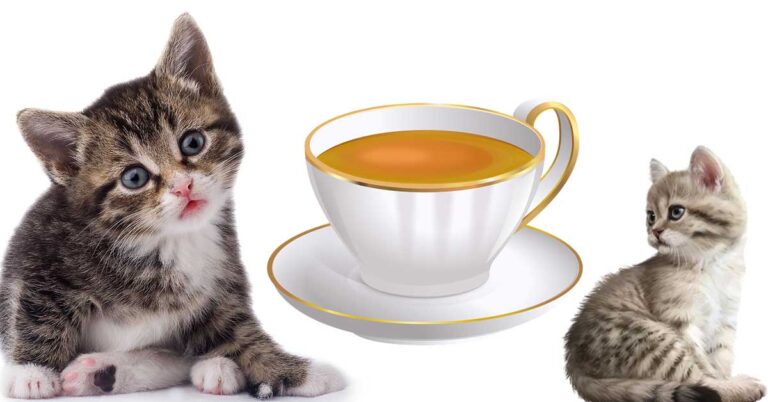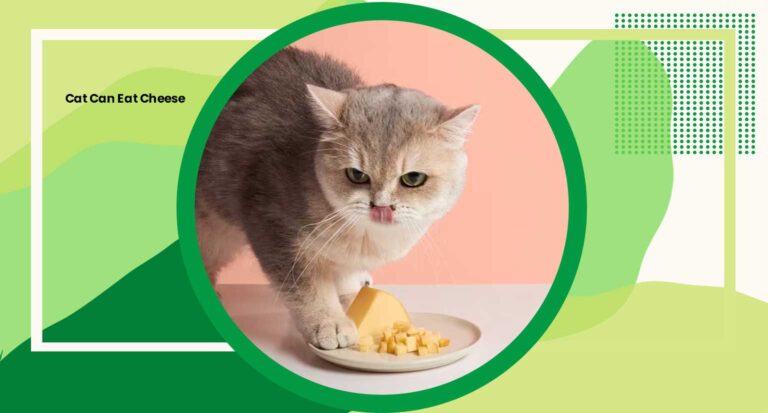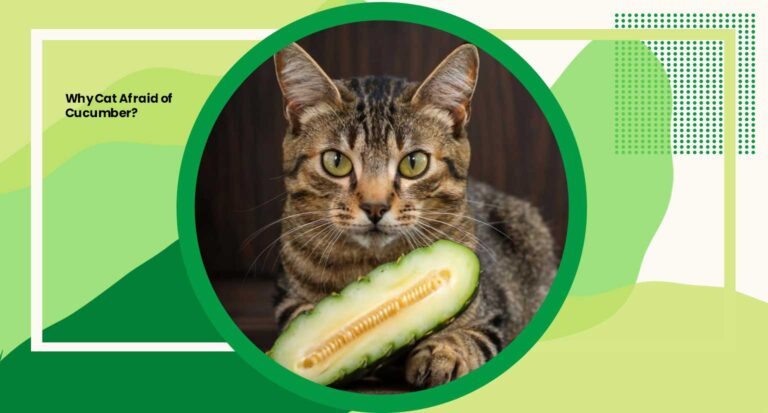Can Cats Eat Bell Peppers?
As a dedicated cat owner, you’re always seeking the best for your feline friend’s health. And, in your quest to provide a nutrient-rich diet, you might wonder, can cats eat bell peppers? This colorful vegetable, available in variations like red, green, and yellow, is a staple in human diets, known for its high vitamin C content and numerous potential health benefits.
However, when it comes to your cat’s diet, is it safe and beneficial to include bell peppers? Let’s delve into the nutritional needs of obligate carnivores like cats and uncover the answer.
Understanding Cats’ Nutritional Needs
Our furry friends have unique dietary requirements. Being obligate carnivores, cats primarily require animal protein for essential nutrients. Their digestive systems are specifically designed to break down meat, not plant matter. However, this doesn’t mean they can’t consume a small amount of vegetables. Let’s explore the significance of vitamins and plant matter in a cat’s diet.
Important Vitamins for Cats
Some human foods can offer additional nutrients to cats. Essential nutrients such as Vitamins A, B, and E are crucial for a cat’s health. Vitamin A supports vision and immune health, Vitamin B complex aids in metabolism and nervous system function, while Vitamin E has antioxidant properties that protect against free radicals. However, cats need these nutrients in the right amounts, as excessive intake can cause health problems. Moreover, while these vitamins are present in many human foods, it doesn’t mean cats should consume these foods directly.
Cats and Plant Matter
Cats can consume small quantities of plant matter. In nature, cats consume plant matter indirectly by eating the stomach contents of their prey. Vegetables like green beans or small portions of bell peppers could provide minor nutritional benefits. But remember, the primary ingredient in their diet should be animal protein. As cat owners, it’s essential to introduce any new food gradually to monitor for any allergic reaction or digestive issues.
Can Cats Eat Bell Peppers?
The short answer is yes, cats can eat bell peppers in small amounts. Whether red, green, or yellow, these colorful peppers are not toxic to cats. They’re low in calories and high in water content, making them a potentially hydrating snack. However, they should never constitute a significant part of a cat’s diet. Remember, your feline friend is an obligate carnivore, meaning their dietary needs are mostly met through consuming animal proteins.
While bell peppers aren’t necessarily harmful, your cat may not be enthusiastic about the taste or texture. Moreover, their digestive system may not process plant matter like bell peppers efficiently, leading to minor digestive issues. Therefore, if you wish to share this colorful vegetable with your cat, it’s best to serve it in small pieces and small quantities to avoid any potential risks such as choking hazards or upset stomach.
Importantly, never serve spicy peppers, like chili peppers or cayenne pepper, to your cat. Spicy foods can cause gastrointestinal upset, leading to symptoms like abdominal pain, runny nose, and severe cases of health issues.
The Nutritional Value of Bell Peppers for Cats
Bell peppers, while primarily a human food, do offer some nutritional value that may benefit your cat. These vibrant vegetables contain Vitamin C, Vitamin B, and beta-carotene, which can boost your cat’s immune system and eye health. But the catch is that cats, unlike humans, produce Vitamin C in their bodies, making the high Vitamin C content in bell peppers much less important for cats.
Moreover, the fiber content in bell peppers can aid the cat’s digestive system, provided it’s given in small portions. Too much bell pepper, however, can cause digestive issues, such as an upset stomach, due to the cat’s body not being designed to process large amounts of plant matter.
Though bell peppers possess nutritional benefits, they lack the essential nutrients found in animal protein, which cats require. Thus, while an occasional treat of bell pepper won’t harm your cat and may provide minimal nutritional benefits, it’s no substitute for a balanced cat food diet that meets all their nutritional needs.
Pepper Types and Cat’s Health
When considering peppers for your cat, it’s essential to distinguish between various types. Sweet peppers like red, green, and yellow bell peppers may be given in small amounts as an occasional treat. They’re non-toxic, and their crunchiness might even appeal to some cats. However, remember to remove bell pepper seeds, as they can pose a choking hazard.
Green, Yellow, and Red Bell Peppers
Green, yellow, and red bell peppers are essentially the same pepper at different stages of ripeness. Green peppers are the least ripe and have a slightly bitter flavor. Yellow peppers are in the middle and have a milder taste. Red peppers are fully ripe, have the sweetest taste, and contain the most vitamins. However, the nutritional benefits remain similar across the spectrum for cats.
Spicy Peppers and Cats
Spicy peppers, such as chili peppers, cayenne pepper, and hot peppers, should be avoided at all costs. Capsaicin, the compound that gives peppers their heat, can cause severe gastrointestinal upset in cats, leading to symptoms such as abdominal pain and diarrhea.
Finally, remember that each cat is unique, and what works for one might not work for another. Always introduce a new food, like bell peppers, slowly and in small quantities, observing your pet for any adverse reactions.
How Cats React to Bell Peppers?
It’s crucial to note that cats’ reactions to bell peppers can vary greatly. While bell peppers are safe for cats to consume in small quantities, not all cats will show interest in these colorful vegetables. Some may turn their noses up at the strong odor, while others may be intrigued by the crunch and give it a try.
Curiosity and Disinterest
Initially, your cat may exhibit curiosity towards the bell pepper due to its bright colors and crunchy texture. However, cats usually lack the receptors for sweet taste, which means the sweet flavor of ripe bell peppers may not appeal to them. It’s quite possible your feline friend will sniff the bell pepper and walk away disinterested.
Potential Health Reactions
If your cat does consume bell pepper, watch for any potential health reactions. Some cats may experience gastrointestinal issues like an upset stomach, especially if it’s their first time trying bell peppers. Symptoms to watch out for include abdominal pain, pale gums, or a runny nose. If your cat shows any signs of discomfort, it’s best to eliminate bell peppers from their diet and consult with a veterinarian.
In conclusion, while cats can eat bell peppers, it’s not a necessary part of their diet, and some cats may simply choose not to eat them. Always prioritize a balanced diet of high-quality cat food to meet your pet’s nutritional needs.
Feeding Guidelines for Cats
Feeding your cat a balanced diet that caters to their nutritional needs is vital for their overall health. While they can have a little bit of bell pepper as an occasional treat, the bulk of their diet should come from high-quality, meat-based cat food. Dry cat food and wet food both have their advantages and can be served in conjunction to provide variety and balanced nutrition.
Portion Sizes and Frequency
The portion sizes and frequency of meals depend on your cat’s age, size, and health. Kittens require more frequent meals compared to adults. As a general rule, it’s recommended to feed your cat two meals per day. If you’re unsure about portion sizes, consult your vet to establish a feeding guideline tailored to your pet’s needs.
Introducing New Food
Whenever introducing a new food into your cat’s diet, start with small portions. This is particularly true for bell peppers and other human foods. It allows you to monitor your cat’s reaction and rule out any potential food allergies. If your cat shows signs of digestive upset, stop feeding the new food and consult with your vet.
Human Food as Treats
While human foods should not replace cat food, they can be offered as occasional treats. Such treats should make up no more than 10% of your cat’s daily caloric intake. If you choose to treat your cat with bell peppers, ensure they are given in small pieces to prevent choking and are free from any seasoning or additives that can be harmful to cats.
Always remember, each cat is unique, and dietary needs can vary. Consult your vet for the best dietary guidelines for your feline friend.
Potential Risks and Side Effects
While bell peppers aren’t toxic to cats, serving them in large quantities or too frequently can lead to potential risks and side effects. The primary concerns are associated with digestive issues as cats’ digestive systems are not designed to process significant amounts of plant matter.
Gastrointestinal Upset
Feeding too much bell pepper to your cat can result in gastrointestinal upset. Signs of this can include an upset stomach, vomiting, diarrhea, or abdominal pain. In severe cases, frequent and prolonged gastrointestinal issues can lead to dehydration, requiring immediate veterinary attention.
Choking Hazard
Bell peppers should always be cut into small, manageable pieces for your cat. Large pieces or whole bell pepper seeds can present a choking hazard, especially for smaller cats.
Allergic Reactions
While rare, cats can have allergic reactions to any food, bell peppers included. Symptoms may include itching, swelling, trouble breathing, or pale gums. If you notice any of these signs after feeding your cat bell peppers, seek veterinary help immediately.
In conclusion, bell peppers are safe for cats when given in moderation, but they are not a necessary part of their diet. Always monitor your cat after introducing a new food and consult your veterinarian if you notice any adverse reactions.
Peppers and Cat Owners’ Responsibility
As a pet owner, it’s your responsibility to ensure the health and wellbeing of your feline friend. When it comes to feeding your cat bell peppers or any other human food, it’s crucial to understand their unique nutritional needs and potential risks associated with certain foods.
Proper Food Introduction
Any new food should be introduced gradually into your cat’s diet. When giving bell peppers for the first time, start with a very small piece. Monitor your cat for any signs of discomfort or allergic reaction. If no adverse reactions are observed, you may continue to provide bell peppers as an occasional treat.
Moderation is Key
Moderation is the rule of thumb when feeding your cat human foods like bell peppers. Bell peppers can provide a splash of color and texture to their diet, but they should never replace the essential nutrients your cat gets from their regular cat food. Even with foods that are safe for cats, too much can lead to health issues like upset stomach or obesity.
Knowledge of Safe and Toxic Foods
Cat owners should be aware of the types of human foods that are safe for cats and those that are toxic. Not all foods we consume are safe for our feline friends. For instance, while bell peppers are safe for cats, hot peppers or spicy foods can cause gastrointestinal upset and should be avoided.
In conclusion, while cats can eat bell peppers, they do not provide any essential nutritional benefits for them. If you choose to feed bell peppers to your cat, do so responsibly and always in moderation.

